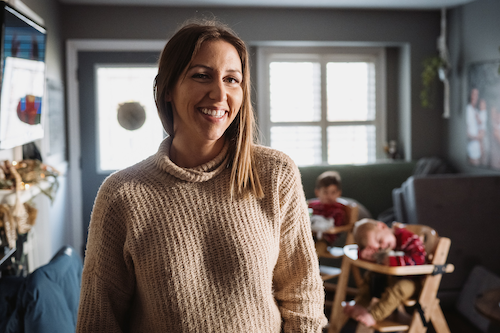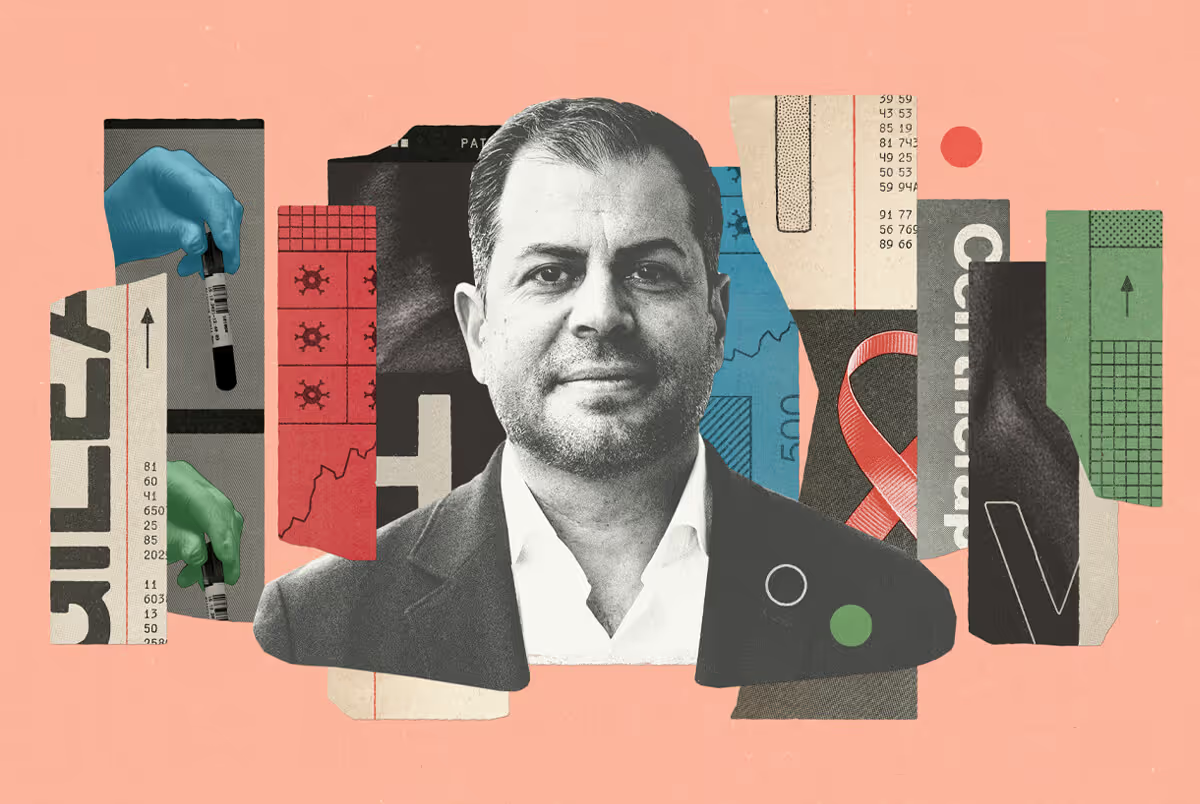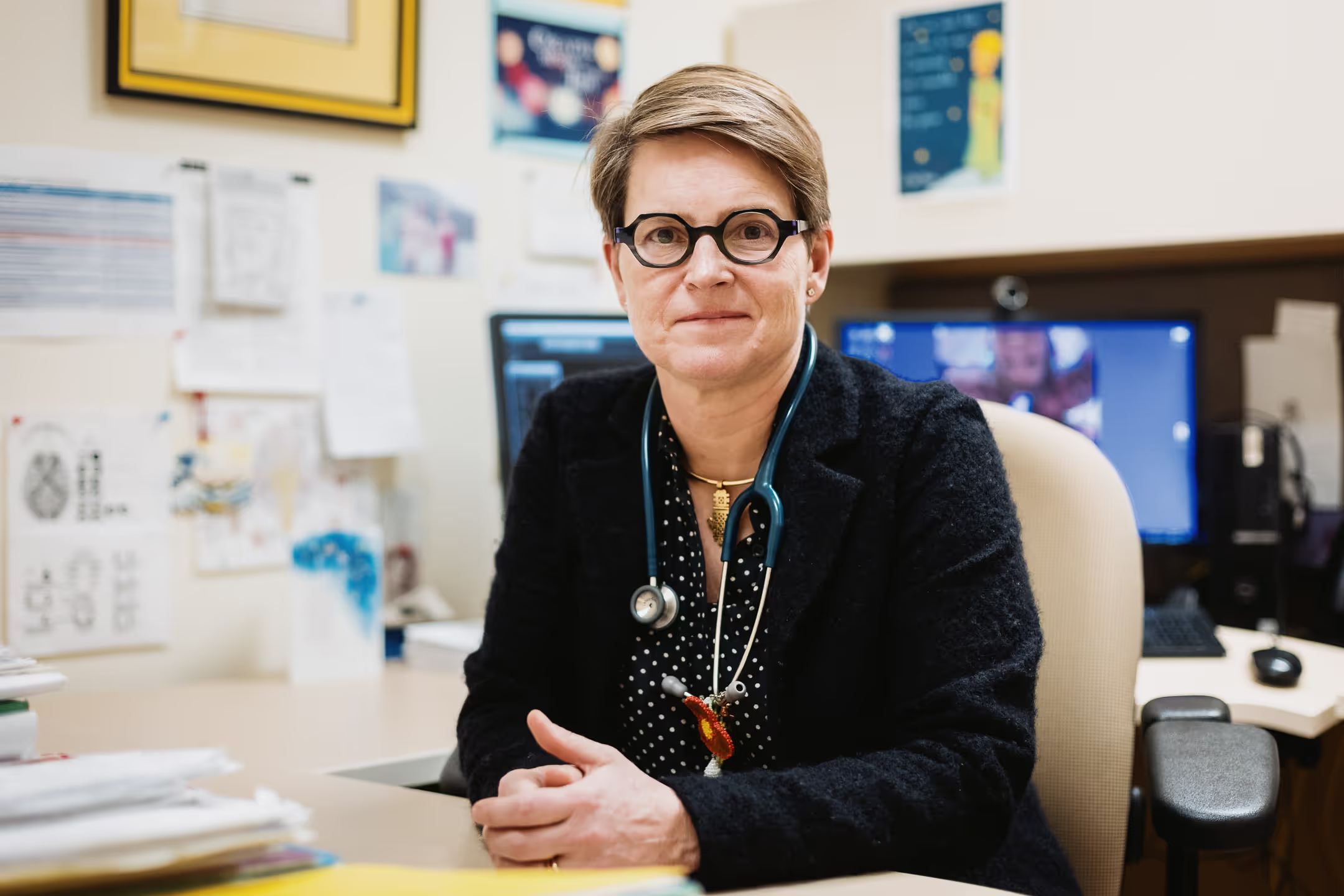“My day begins with letting my rescue poodle Jesse out, and then I hop in the shower. Not that different from anyone else. But then, after my shower, the very next thing on my schedule — every day — is up to an hour of wound care.
Some people can’t go out without putting their makeup on or doing their hair. My wound care is just like that. I can’t really start my day until it’s done. I always keep my feet and right elbow wrapped. I bandage other areas where wounds develop, but it varies week to week. I go through ten different types of bandages every month, and they’re not cheap, but I’m blessed to have them covered under nursing care.
“Children with EB are sometimes called butterfly children, because their skin is as fragile as a butterfly’s wing.” ~ Dr. Wingfield Rehmus
Both the wounds and my alopecia are caused by a rare condition called epidermolysis bullosa (EB). The way I explain EB is that my skin is like tissue paper that has been floating in water. If you touch it or move it at all, it will just tear.
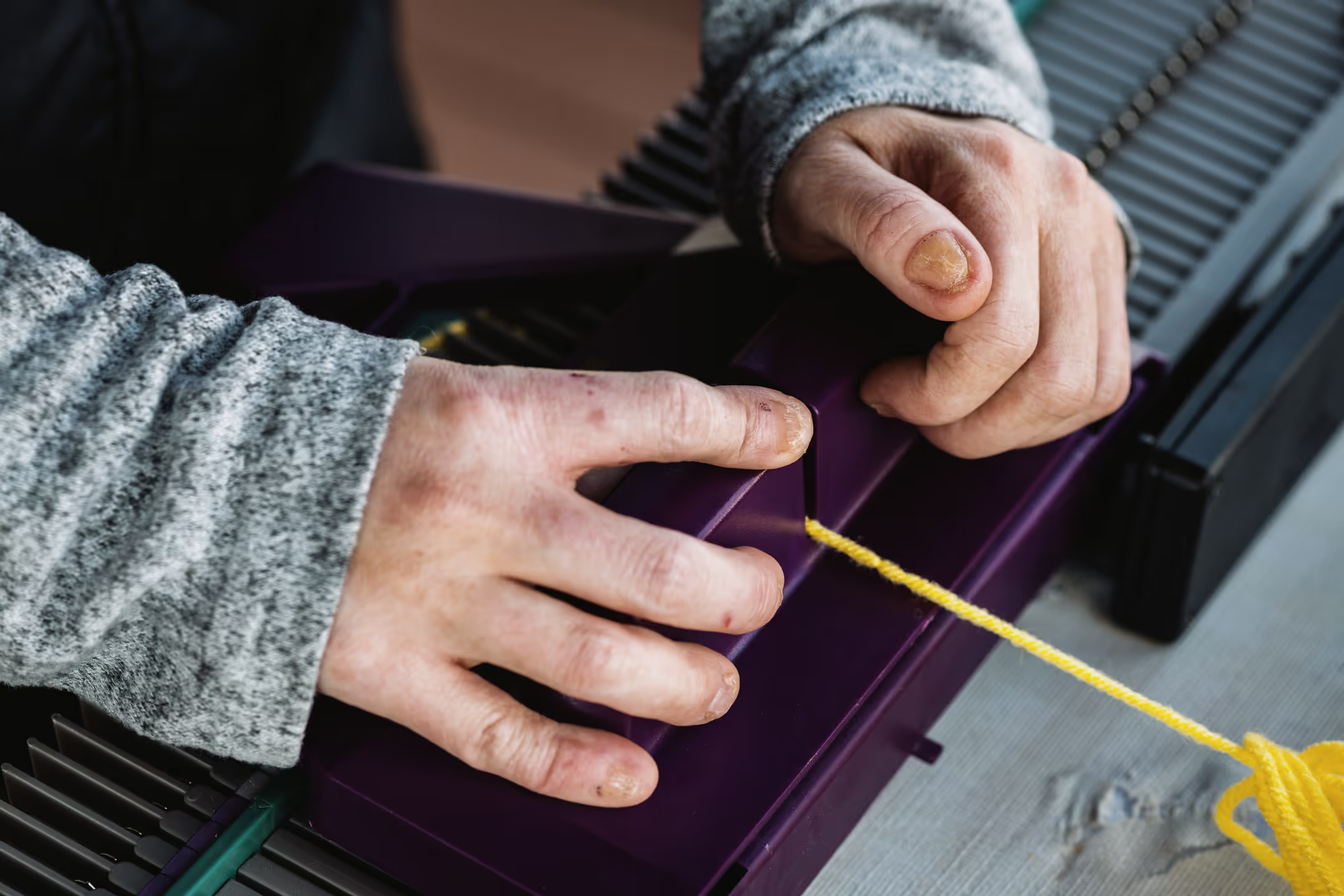
I do my best not to let my EB limit me. This condition has taught me to find alternative ways of doing things. I was taught to look on the positive side and count my blessings, and so that’s what I continue to do. I always say that while I have EB, EB does not have me. I’m proud of who I am and I wouldn’t change anything in this world.
It did, however, take me a long time to get where I am and truly accept my EB. I used to really dislike what I saw when I looked in the mirror and wish I was like everyone else.
As I was growing up, I didn’t think there was anyone else other than myself and brother, who also has EB. The first time I heard of another person with EB was when I was 17 years old. My education assistant at school asked me if I had ever met anyone else with the same skin condition. She had been speaking with someone at DEBRA Canada, and I was given the opportunity to connect with this wonderful young lady who would become — and remains to this day — my best friend. How could I wish I was different, when I was just like her?

I don’t work a traditional job, because I know that it would be too much for me with my EB, but I’m able to fill my time and contribute in other ways. For 15 years, I volunteered at a nearby daycare, and I learned so much from those children. I love working with young kids because they have no preconceptions. When adults see my bandages, or my mobility scooter, or my alopecia, they make all kinds of assumptions. They stop me in the street and ask how my cancer treatment is going. Children, though, just see me.
One time a child I was working with was learning to ride her bike. Like most kids learning to ride, she fell off and hurt herself. But she immediately said to her parents: ‘I’m OK. I just got booboos like my teacher Sarah, and all I have to do is get back up and try again. My booboos won’t stop me, just like they don’t stop Sarah.’
That’s the confidence I try to live up to now. Whenever things are difficult or painful, I just tell myself that I can do it. And I can. There are so many things I can do. I knit, I crochet, and I do photography — new projects all the time that I can donate, sell, or just share with the world. I even recently entered some photos in a local competition.
Having EB isn’t always easy, but I count my blessings, I find new way to do things, and I work to inspire others that they may accept themselves for who they are, whatever their challenges may be. Your booboos don’t need to stop you.”
{{CTA}}
This content was supported by Chiesi Global Rare Diseases. This page was developed by Patient Voice, and the supporter did not influence the final article or editorial themes of this content.
DEBRA Canada is committed to fostering a world where individuals no longer suffer the painful and debilitating effects of Epidermolysis Bullosa (EB). Through a range of programs, services, educational initiatives, advocacy, and research, we aim to alleviate the challenges inflicted by this condition and work towards improving the quality of life of those affected by EB.
If you want to learn more about EB or wish to actively contribute by becoming a member, supporter, volunteer, or organizing an event, we invite you to explore our website at debracanada.org. Visit our website to discover more about our programs and services and learn how you can join us in making a difference.
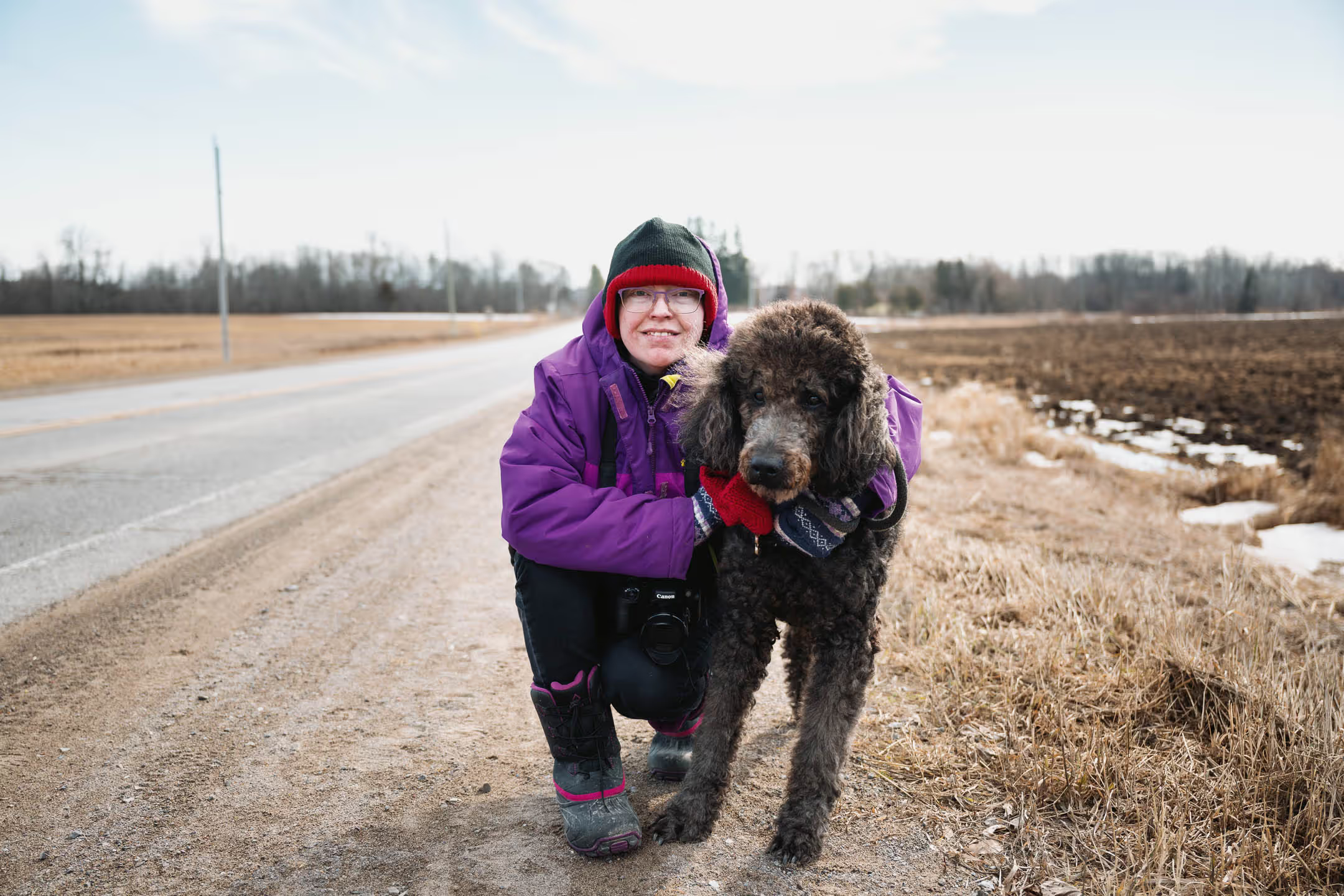

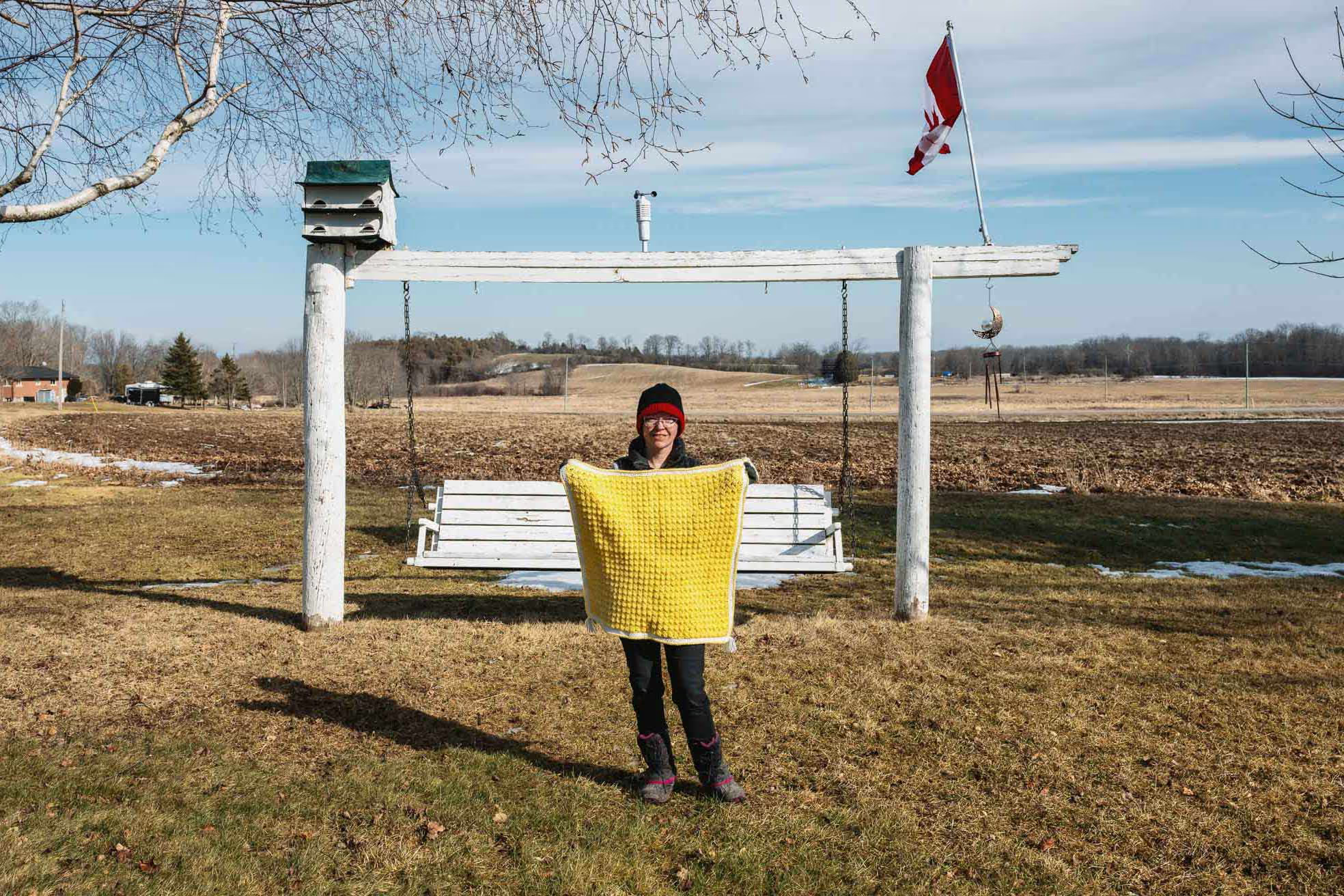

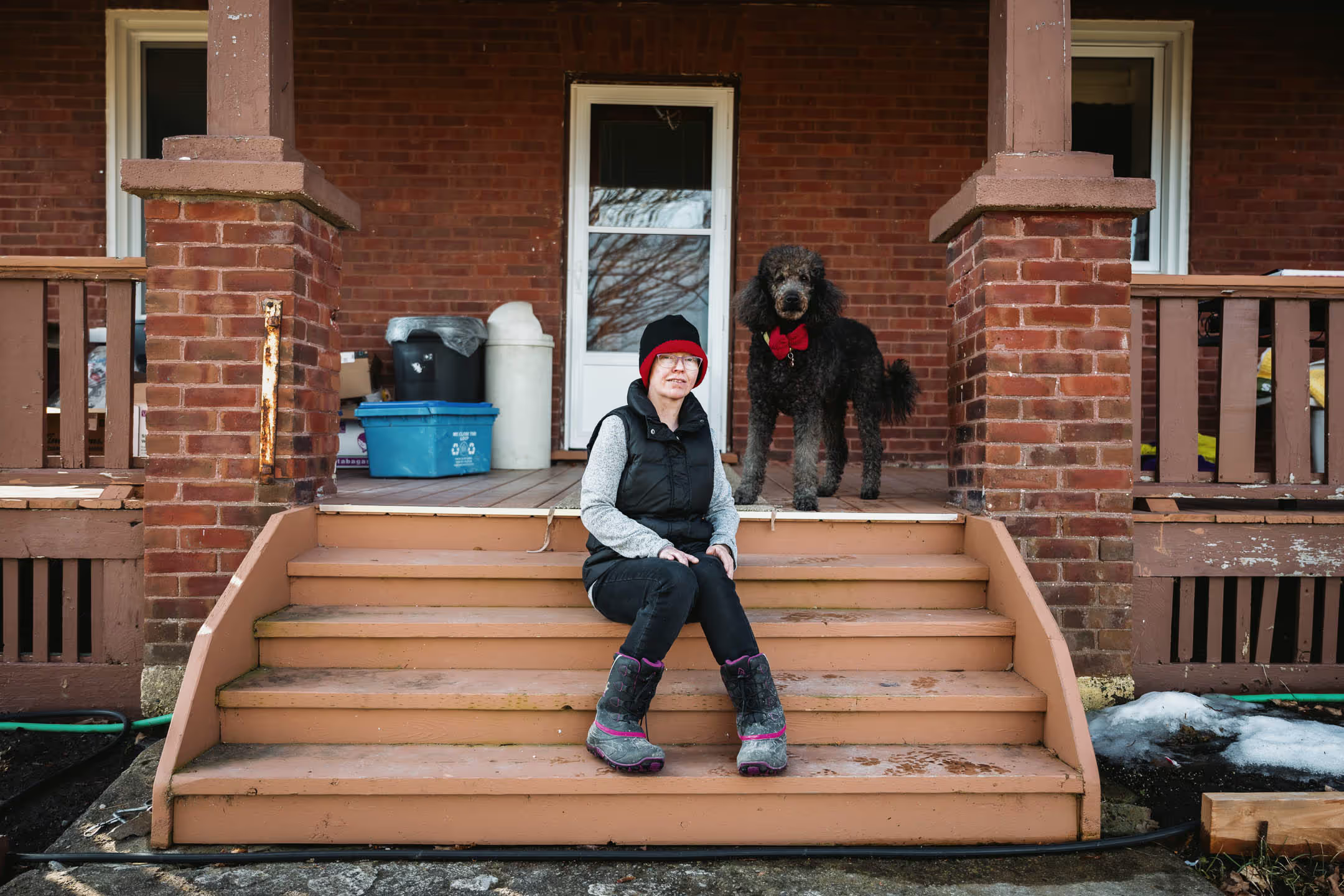
%20(1).jpg)
